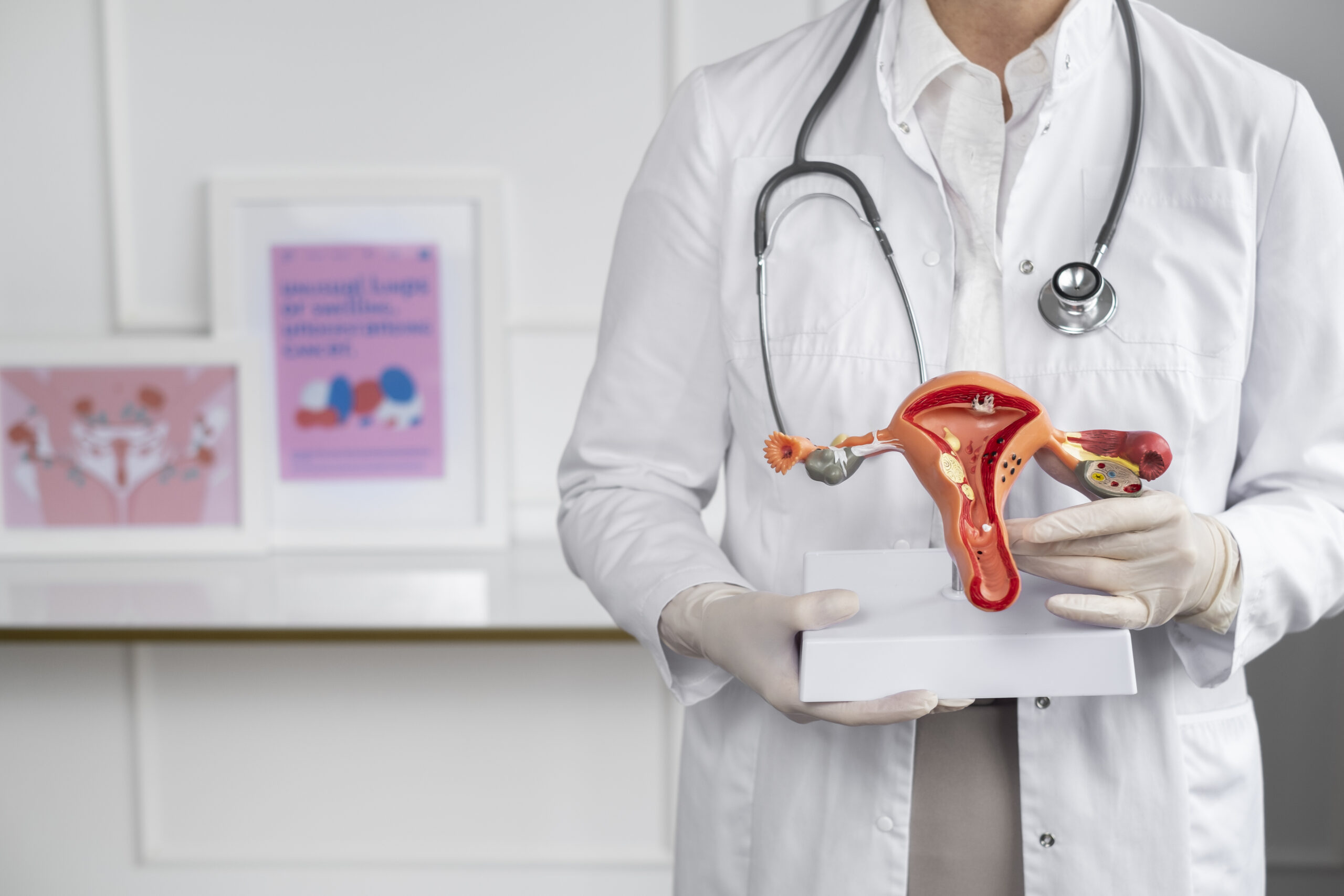
Uterine health plays a critical role in a woman’s overall well-being, yet many conditions affecting it are often misunderstood. Among them, uterine fibroids are one of the most common. Despite their prevalence, awareness around their causes, symptoms, and treatment options remains limited.
At Preferred Vascular Group, we believe that informed patients can make better decisions about their health. This guide provides a detailed overview of fibroids in the uterus, offering clarity and support for women at every stage of care.
What Are Uterine Fibroids?
To begin, let’s start with the fibroids definition. Fibroids are noncancerous growths that develop within or around the uterus. They are composed of muscle and fibrous tissue and vary in size from tiny seedlings that are barely visible to large masses that can enlarge the uterus.
While fibroids are almost always benign, their impact can range from no noticeable symptoms to significant discomfort and health complications. Understanding fibroids in uterus is the first step toward identifying and managing the condition effectively.
Types of Uterine Fibroids
Understanding the type of fibroid helps guide treatment decisions and predict potential complications. Not all uterine fibroids are the same. Their classification depends on their location within the uterus:
- Intramural Fibroids – Grow within the muscular wall of the uterus.
- Subserosal Fibroids – Extend outward from the uterus into the pelvic cavity.
- Submucosal Fibroids – Grow into the inner lining of the uterus, often causing heavy bleeding.
- Pedunculated Fibroids – Attached to the uterus by a thin stalk, sometimes causing pressure or pain.
Causes and Risk Factors
These factors combined help explain why fibroids in the uterus are widespread yet affect women differently. The exact cause of fibroids remains uncertain, but research points to several contributing factors:
- Hormones: Estrogen and progesterone stimulate the growth of uterine lining and may contribute to fibroid development.
- Genetics: A family history of fibroids increases the likelihood of developing them.
- Age: Most common during a woman’s reproductive years, particularly between ages 30 and 50.
- Ethnicity: Studies show higher prevalence and severity among women of African descent.
- Lifestyle Factors: Obesity, poor diet, and lack of exercise may also play a role.
Common Symptoms of Uterine Fibroids
If you experience persistent symptoms, consulting a specialist can help diagnose and manage the condition effectively. Some women may not experience any symptoms, while others may face life-disrupting challenges. The most common signs include:
- Heavy or prolonged menstrual bleeding
- Pelvic pressure or pain
- Frequent urination due to bladder pressure
- Constipation or bloating
- Backache or leg pain
- Complications with fertility or pregnancy
How Are Uterine Fibroids Diagnosed?
Early diagnosis allows for better management of symptoms and prevention of complications. Doctors may use a variety of methods to confirm the presence of uterine fibroid growths:
- Pelvic Exam: Initial physical evaluation of the uterus.
- Ultrasound: A common imaging test to visualize fibroids.
- MRI: Provides detailed images for complex cases.
- Hysteroscopy or Sonohysterography: Used for identifying fibroids within the uterine lining.
Treatment Options for Fibroids in Uterus
Treatment varies depending on fibroid size, location, symptoms, and a woman’s reproductive goals. Options include:
1. Lifestyle and Medication
- Pain relievers for mild discomfort
- Hormonal therapy to regulate growth
- Iron supplements for anemia caused by heavy bleeding
2. Minimally Invasive Procedures
- Uterine Fibroid Embolization (UFE): A highly effective, non-surgical procedure performed by specialists at Preferred Vascular Group. It blocks blood flow to fibroids, causing them to shrink.
- Endometrial Ablation: Destroys the uterine lining to reduce bleeding.
3. Surgical Treatments
- Myomectomy: Surgical removal of fibroids while preserving the uterus.
- Hysterectomy: Complete removal of the uterus, generally for severe or recurring fibroids.
Living with Uterine Fibroids
For many women, fibroids can be managed successfully without drastic measures. Adopting a healthy lifestyle maintaining a balanced diet, managing stress, and staying physically active may help reduce symptoms and improve quality of life.
At Preferred Vascular Group, we emphasize minimally invasive approaches, like UFE, which often provide effective relief while preserving fertility and reducing recovery time.
Why Awareness Matters
Fibroids are a common women’s health issue, but myths and misconceptions often prevent timely care. By understanding the fibroids definition, recognizing symptoms, and exploring treatment options, women can make empowered decisions about their reproductive health.
Awareness not only reduces fear but also encourages women to seek care sooner, preventing long-term complications and improving outcomes.
Final Thoughts
Uterine fibroids are common, but they don’t have to control your quality of life. By understanding the causes, symptoms, and treatment options, women can approach this condition with confidence. Whether you’re seeking clarity on the fibroids definition or exploring minimally invasive options, early consultation with experts is key.
Preferred Vascular Group is committed to guiding women through informed decisions, providing innovative treatments like UFE, and ensuring compassionate care for every patient. For more information on treatment options and patient resources, visit Preferred Vascular Group.
Frequently Asked Questions (FAQ)
Fibroids are solid growths of muscle and connective tissue within the uterus, while cysts are fluid-filled sacs, usually developing in the ovaries.
No. The vast majority of uterine fibroids are benign. Rarely, a cancerous form known as leiomyosarcoma may occur.
Yes. Depending on their size and location, fibroids can interfere with implantation or pregnancy. However, many women with fibroids have successful pregnancies.
Not always. Small fibroids that don’t cause symptoms may simply be monitored with regular check-ups.
Most patients return to normal activities within one to two weeks, making UFE a popular alternative to major surgery.
